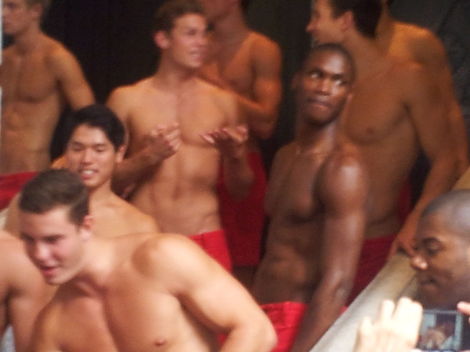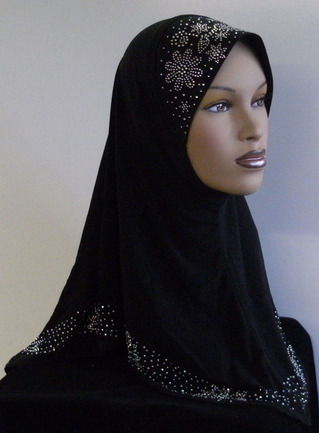In an 8-1 decision the United States Supreme Court ruled in favor of a hijab-clad woman who had been denied a job by Abercrombie & Fitch (A&F) based on its "look policy" (which has since been redefined by the company). Some have hailed this decision as a win for tolerance and pluralism. My objective in today's article is to examine the implications of setting such a precedent. In my recent Huffington Post article Should Secular Societies Accommodate Religious Beliefs? I stated the following: "Secular societies establish tolerance by being equally non-accommodating toward all religious demands within the public sphere.
What you believe in the privacy of your thoughts, and what you do in the privacy of your home or house of worship is your business. What you do in the public realm is our collective business. In the public realm, secularism should not concede a single inch to religious intrusions." I then concluded my article with the following warning: "Once we begin to grant special privileges and accommodations to some (typically those whose religious beliefs dictate an intrusive presence within the public realm), we head down the proverbial slippery slope from which it is difficult to recover." Let's see how these principles might apply to the current A&F case.

The "colorful" slogan is not part of the original A&F ad shown above. It seems to have been added as a sign of protest.

As a professor of marketing, I have a professional interest in examining how companies create integrated messages when communicating a corporate image. The element of integration refers to the fact that companies utilize multiple communication channels (e.g., sales force, branding, advertising) to convey a consistent and coherent message. If one examines A&F ads or A&F models, a very clear image emerges. The company has historically sold sex, youth, and beauty using semiotics in line with modern mores of sexual freedom. This has been integral to its corporate and branding strategy. Is the hijab consistent with such a positioning strategy? The hijab is a symbol of religious piety, sexual restraint, and modesty. This is perfectly fine but it is certainly inconsistent with the endless images of scantily clad A&F models, all of whom are selling raw sex. Needless to say, the point that I am raising here is not restricted to the hijab. Many of these legal rulings are best tested when pushed to the extreme. Should A&F accommodate employees who wish to don the Quaker, Amish, Hasidic, or Hare Krishna garbs? Surely, if the hijab is to be accommodated, the religious accoutrements of countless other religions must be equally welcomed.
Countless businesses, sports teams, clubs, armies, police forces, and other organizations have specific dress and grooming codes. An investment bank is unlikely to hire you if you have facial tattoos even though you might be perfectly well qualified for the job. There is no reason that in a secular society, religion should be exempt from this trivially obvious universal reality, namely that personal "packaging" matters. If the A&F case stands, where do we draw the line? How do we stop the infinitely slippery slope of future religious demands? In an astonishing twist of hypocrisy, religious organizations (e.g., religiously-founded universities) are perfectly within their legal rights to engage in dreadful discrimination (see my Psychology Today article titled Religious Discrimination in Universities: A Personal Story). Hence, a secular non-denominational for-profit company that has utilized sexual imagery as an integral part of its brand positioning must now accommodate perfectly incongruent religious attire lest it might be "discriminatory." On the other hand, religious outfits (forgive the pun) are afforded complete legal protection to discriminate to their heart's content. Welcome to the secular state!
Note: This article was first published at my Psychology Today blog on June 2, 2015.
Source for Images:
(Hijab: Hijabis4ever/Wikimedia Commons)
(Abercrombie & Fitch Ad: Taymaz Valley/flickr)
(Abercrombie & Fitch models: lflwlou/Wikimedia Commons)
